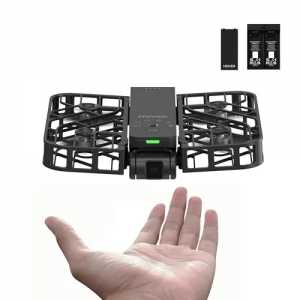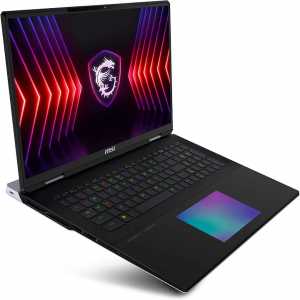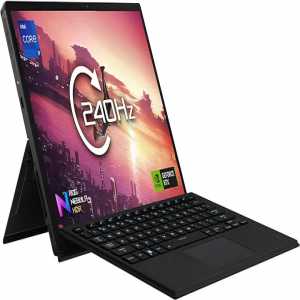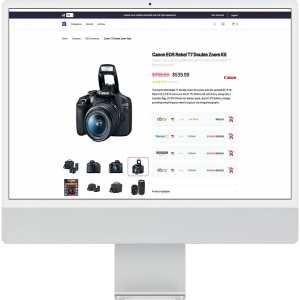
Interactive Whiteboard Market: Bridging Digital Innovation And Collaborative Learning

In today’s increasingly digital world, interactive whiteboards (IWBs) have emerged as a cornerstone of modern education and business collaboration. These dynamic, touch-sensitive display systems are reshaping classrooms, boardrooms, and training centers by turning static environments into interactive, engaging experiences.
With the global emphasis on hybrid work, remote learning, and digital transformation, the interactive whiteboard market is poised for sustained growth and innovation.
What is an Interactive Whiteboard?
An interactive whiteboard is a large display screen—often touch-enabled and connected to a computer and projector or built with integrated display technology—that allows users to write, draw, manipulate content, and collaborate using a stylus or their fingers.
Unlike traditional whiteboards, IWBs integrate with software, cloud services, and external devices, enabling seamless sharing, real-time editing, and interactive presentations.
Market Overview and Growth Drivers
- Digital Transformation in Education: Schools and universities are increasingly adopting IWBs to enhance student engagement and support remote/hybrid learning.
- Corporate Sector Adoption: Businesses are using IWBs for video conferencing, brainstorming, and real-time collaboration in hybrid work environments.
- Government Initiatives: Investments in smart classrooms, especially in developing economies, are boosting market demand.
- Technological Advancements: Features like multi-touch support, gesture recognition, AI integration, and 4K resolution are attracting institutional buyers.
Key Segments and Applications
- By Type:
- Fixed IWBs
- Portable IWBs
- Interactive Flat Panel Displays (IFPDs)
- By Technology:
- Resistive Membrane
- Electromagnetic
- Infrared
- Capacitive
- Optical
- By End-Use:
- Education (K-12, Higher Ed)
- Corporate/Enterprise
- Government and Defense
- Healthcare Training
- By Region:
- North America: A mature market with high adoption in education and enterprise.
- Asia-Pacific: Fastest-growing region, driven by government digital learning programs.
- Europe: Steady demand for hybrid work tools and academic innovation.
- Middle East & Africa, Latin America: Emerging regions with strong growth potential in public education.
Challenges in the Market
Despite positive growth trends, the interactive whiteboard market faces several challenges:
- High Initial Costs: IWBs are a significant upfront investment for schools and small businesses.
- Training Requirements: Effective use of IWBs requires proper user training, especially in education.
- Competition from Tablets and Laptops: Some institutions opt for 1:1 device strategies over shared IWB solutions.
Future Trends and Opportunities
- AI and Smart Learning Integration: Expect IWBs to evolve into intelligent systems that adapt to user behavior and personalize content.
- Cloud-Based Collaboration: Seamless remote access and content sharing will be a critical differentiator.
- Touchless and Voice-Controlled Interfaces: Driven by health concerns and tech evolution.
- Sustainability Focus: Energy-efficient panels and recyclable components will gain traction.
Conclusion
The interactive whiteboard market is no longer just about digital blackboards it’s about creating immersive, collaborative, and future-ready environments for learners and professionals alike. As digital infrastructure becomes a priority across sectors, IWBs will remain central to the evolution of smart classrooms and smart offices.
Author Bio
Article Comments
No Comments!
At present there are zero comments on this article.
Why not be the first to make a comment?
Similar Articles
Search Pages
User Upgrade
account to full use of editor,
Including hyperlinks
Article Categories
There are zero sub-categories in this parent category.
There are zero sub-categories in this parent category.

















